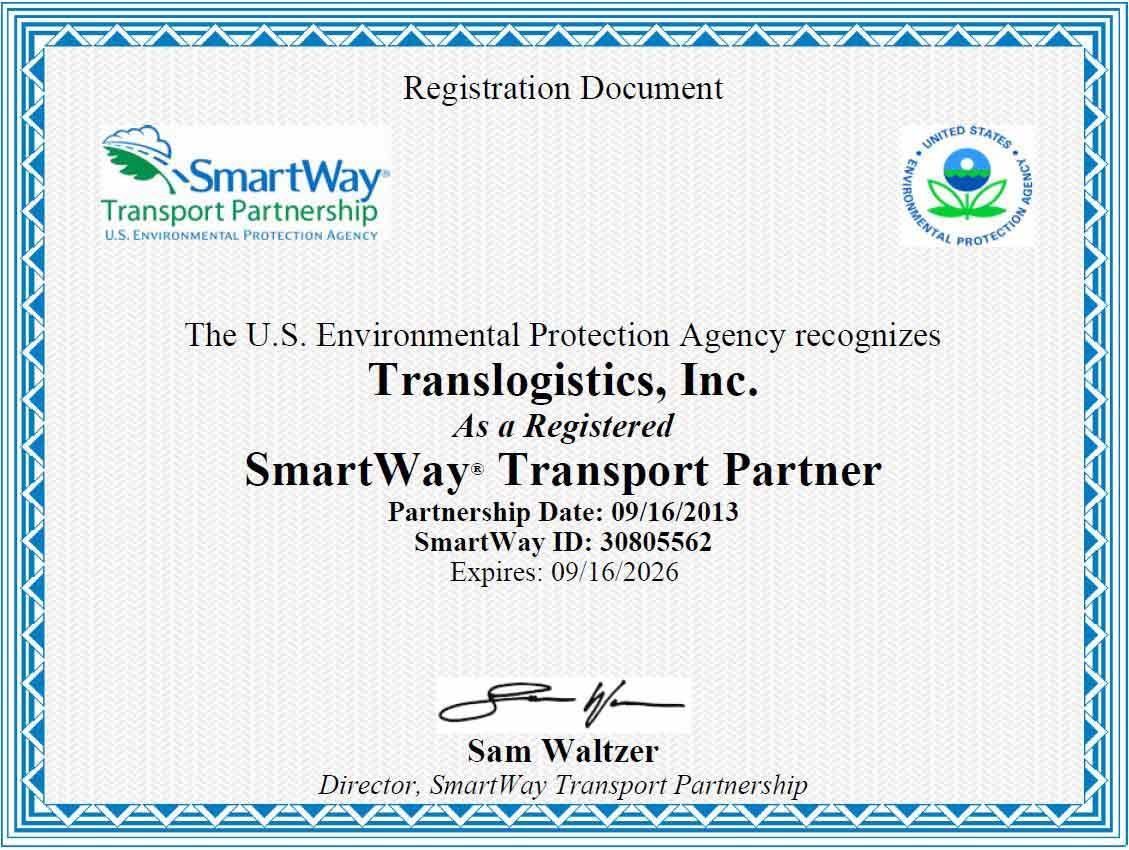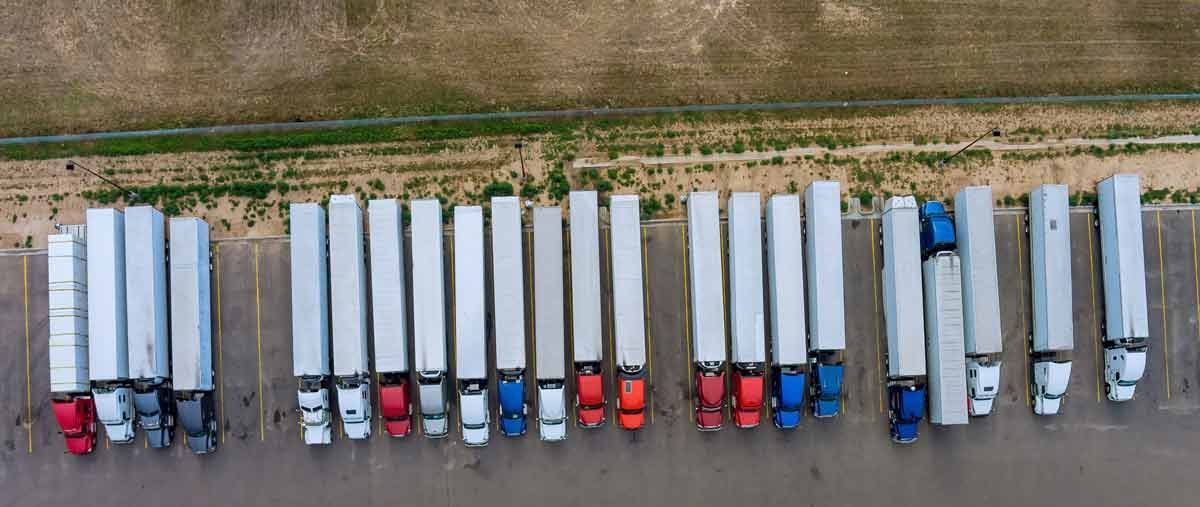Emergence of Autonomous Freight Vehicles
Autonomous Freight Vehicles
Autonomous freight vehicles isn’t a mere fantasy confined to science fiction. It's a tangible reality that’s progressively finding its footing in the logistics sector. At the forefront are self-driving trucks equipped with cutting-edge technology, ranging from advanced sensors and cameras to sophisticated AI systems.
These vehicles are engineered to navigate roads autonomously, promising enhanced safety, reduced human error, and improved efficiency in cargo transportation. Simultaneously, unmanned aerial vehicles—drones—have carved out a niche in last-mile delivery solutions. With the capability to bypass traffic and deliver packages swiftly, drones offer a tantalizing prospect for logistics companies seeking to expedite deliveries, particularly in congested urban areas.

Benefits of Autonomous Vehicles
Self-driving trucks excel in environments with well-defined routes and fewer variables. Linehaul routes primarily consist of highways or long stretches of roads with minimal traffic complexities, making them more conducive to autonomous driving. The predictable nature of these routes allows for easier navigation, reduced risks, and enhanced safety for autonomous vehicles.
Linehaul operations involve long-haul journeys that are often point-to-point, requiring minimal maneuvering and fewer interactions with pedestrians, cyclists, and intricate urban infrastructure. This controlled environment minimizes the potential for unexpected variables that can challenge autonomous systems, making it a more controlled setting for their initial deployment.
Highways and major interstates often have standardized infrastructure and clear signage, facilitating easier integration of autonomous technologies. Additionally, the availability of dedicated rest stops or service areas along these routes can support maintenance, refueling/recharging, and any necessary human intervention or oversight.
The integration of autonomous freight vehicles brings forth a multitude of advantages that resonate across the logistics spectrum:
1. Enhanced Efficiency:
- Streamlined Operations: Self-driving trucks optimize routes, minimize idle time, and ensure continuous movement of goods, leading to enhanced operational efficiency.
- Faster Deliveries: Drones enable swift and direct deliveries, especially for time-sensitive or urgent packages, transcending conventional delivery timelines.
2. Improved Safety:
- Reduced Human Error: Automation minimizes the risks associated with human errors, contributing to safer transportation methods.
- Adherence to Regulations: Autonomous vehicles adhere strictly to traffic rules and regulations, mitigating the probability of accidents.
3. Cost Savings:
- Lower Operational Costs: With reduced labor and optimized fuel consumption, autonomous vehicles promise cost savings for logistics companies.
- Less Downtime: Streamlined operations lead to minimized downtime, ensuring continuous movement of goods and maximizing productivity.
Challenges and Hurdles
Urban areas present a myriad of complexities, including heavy traffic, pedestrians, cyclists, diverse road conditions, and a multitude of potential obstacles. Navigating these environments requires sophisticated real-time decision-making capabilities that current autonomous systems may find challenging to handle without an extensive learning period.
The close proximity of pedestrians, cyclists, and vehicles in urban areas heightens safety concerns. Regulatory frameworks and liability issues also become more complex in these settings due to the potential for higher risks and greater public exposure.
P&D operations often involve numerous stops, precise maneuvering, and varying delivery requirements. The ability to navigate tight spaces, park accurately, and handle diverse loading/unloading scenarios requires highly advanced and adaptable autonomous systems that might not be fully developed for urban settings yet.
Given these considerations, it's plausible that self-driving trucks would initially focus on linehaul operations, gradually expanding their capabilities and reliability before venturing into urban P&D scenarios. Developers are working to fine-tune autonomous systems and algorithms in controlled environments before tackling the complexities of urban settings. The initial focus on linehaul operations enables a phased approach, allowing self-driving trucks to establish their reliability, safety, and effectiveness before stepping into the more intricate and demanding landscapes of urban pickup and delivery.
Unions like the Teamsters Union would likely push against the development of AI in industries like transportation due to concerns surrounding labor displacement, job security, and the potential erosion of workers' rights. The integration of AI-driven technologies, particularly in the form of autonomous vehicles, could pose a threat to traditional jobs held by drivers. The Teamsters Union, representing the interests of truck drivers and transportation workers, would foresee a substantial impact on employment opportunities and the livelihoods of their members. They might advocate against rapid AI implementation, urging for measures that prioritize the protection of jobs, retraining programs, and negotiating safeguards to ensure that workers are not unfairly displaced or marginalized by technological advancements. Their resistance would stem from a commitment to safeguarding the interests and welfare of their workforce amidst the evolving landscape of automation and AI in transportation.
1. Regulatory Frameworks:
- Legal Hurdles: Ambiguities in laws and regulations pose hurdles to widespread adoption, with concerns surrounding liability, safety standards, and infrastructure requirements.
2. Technology Constraints:
- Technical Sophistication: Developing foolproof AI systems capable of handling diverse road conditions and scenarios remains a significant technological challenge.
- Reliability: Ensuring the reliability and safety of autonomous systems is crucial to gaining public trust and regulatory approval.
3. Public Acceptance:
- Trust and Perception: Convincing the public about the safety and reliability of autonomous vehicles remains a hurdle, requiring education and familiarity.
At present, the regulatory landscape remains shrouded in ambiguity, creating a labyrinth of legal hurdles that demand careful examination and resolution. The very nature of autonomous vehicles blurs the lines of liability, raises questions about safety standards, and challenges existing regulations designed for human-operated vehicles. Consequently, a pressing need arises for clear and adaptive regulations that define the roles, responsibilities, and liabilities concerning autonomous vehicles.
These regulatory bodies must navigate the intricacies of technological capabilities, addressing issues ranging from liability in the event of accidents, hackers, to data privacy concerns arising from the vast amounts of information these vehicles collect and process. Moreover, these frameworks need to account for the varying degrees of autonomy, distinguishing between semi-autonomous and fully autonomous vehicles and outlining specific standards and requirements for each category.
The evolution of these regulations must occur in tandem with technological advancements, ensuring that the legal framework remains agile, adaptable, and capable of addressing the dynamic landscape of autonomous vehicle development. Collaboration between governments, regulatory bodies, industry stakeholders, and legal experts becomes paramount to surmounting the existing ambiguity and crafting a comprehensive regulatory environment that fosters innovation while safeguarding safety, privacy, and legal certainty.

Impact on Global Trade
Manufacturing companies and distributors stand to reap substantial rewards from the integration of autonomous vehicles. The key lies in the realm of inventory management—a cornerstone of efficient operations. With autonomous technology at the helm, inventory management could undergo a profound evolution, characterized by precision, accuracy, and real-time optimization. The ability of these vehicles to seamlessly transport goods and facilitate just-in-time deliveries ensures a finely tuned supply chain, minimizing excess inventory and maximizing operational efficiency for manufacturers and distributors alike.
Moreover, the acceleration of transit times emerges as a game-changer in the logistics paradigm. The potential for swifter deliveries, propelled by autonomous vehicles navigating optimized routes with minimal human intervention, translates into reduced lead times. This, in turn, holds the promise of unlocking bottlenecks within the supply chain, ensuring the continuous flow of goods essential for maintaining robust and uninterrupted production lines. The symbiotic relationship between expedited transit times and seamless production operations underlines the transformative power that autonomous vehicles wield in the realm of global trade.
The integration of autonomous vehicles also holds the key to championing eco-friendly initiatives in the logistics domain. One of the most significant advantages lies in the realm of fuel consumption. The advent of autonomous vehicles brings forth the potential for optimized fuel usage, thanks to streamlined routes, reduced idle times, and enhanced operational efficiencies. As fuel consumption drops, so too do carbon emissions, paving the way for greener logistics practices that align with evolving Environmental, Social, and Governance (ESG) goals. The synergy between efficiency gains and reduced environmental impact marks a paradigm shift towards sustainable logistics—a cornerstone in shaping the future of global trade.
1. International Trade Enhancement:
- Efficiency Boost: Streamlined transportation processes can enhance the efficiency of international trade, reducing delivery times and costs.
- Border Crossings: Autonomous vehicles could potentially navigate cross-border logistics more efficiently, minimizing delays associated with customs and regulations.
2. Supply Chain Optimization:
- Inventory Management: Faster deliveries and reduced lead times could revolutionize inventory management, allowing for leaner and more agile supply chains.
- Reduced Downtime: Minimized idle time and continuous operations could alleviate bottlenecks in supply chain networks.
3. Sustainability and Environmental Impact:
- Eco-friendly Initiatives: Autonomous vehicles could pave the way for greener logistics, with the potential for reduced fuel consumption and carbon emissions.
The impending era of autonomous vehicles within the logistics and transportation sphere promises a holistic transformation. From bolstering operational efficiencies, aiding manufacturing companies and distributors with precision inventory management, to revolutionizing transit times and championing eco-friendly logistics, the impact of autonomous vehicles on global trade stands poised to redefine the very fabric of how goods move across the world. As these innovations continue to evolve, their potential to reshape the landscape of global trade and logistics emerges as a beacon of progress, offering a glimpse into a future where efficiency, sustainability, and seamless operations harmoniously converge to drive the engine of international commerce.
Autonomous Vehicle Summary
The rise of autonomous freight vehicles marks a paradigm shift in the logistics landscape, offering a glimpse into a future characterized by efficiency, safety, and innovation. While challenges persist, the potential benefits for global trade and logistics are substantial. As technology evolves and regulatory frameworks adapt, autonomous freight vehicles are poised to revolutionize the movement of goods, ushering in a new era where efficiency meets innovation on the highways and in the skies of the logistics industry.
TLI Insights
Get the latest logistics insights and tips from TLI's award-winning team. Stay ahead in transportation planning.
Questions? Email us at marketing@shiptli.com



